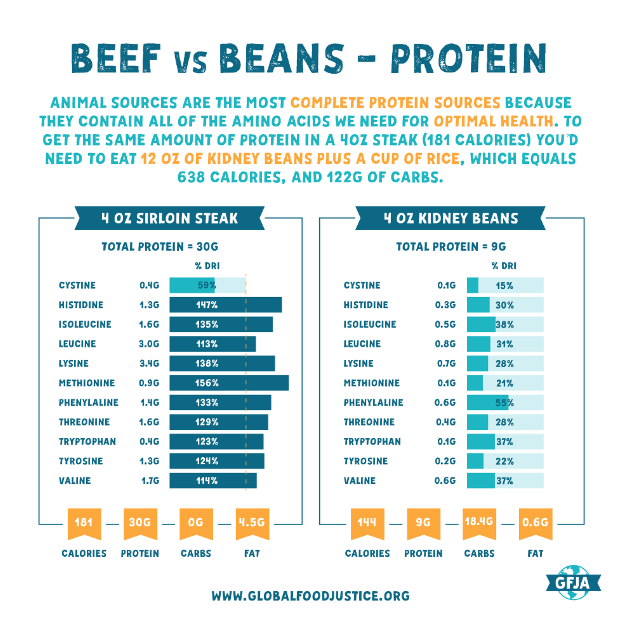It’s Earth Day on April 22, and I’ll be in Sydney doing a webinar for Meat and Livestock Australia about why meat is “Sustainable Nutrition”. Here are some of the key messages from me in this space:
1 in 2 preschool-aged children and 2 in 3 women of reproductive age are affected by at least one micronutrient deficiency. And although 9 in 10 women in several countries in South Asia, sub-saharan Africa have at least one nutrient deficiency, these issues are not limited to low- and middle-income countries. One in two women in the UK and 1 in 3 women in the US suffer from at least one micronutrient deficiency, and the leading one is iron deficiency.
In fact, across the globe, the leading nutrient deficiencies include iron, vitamin B12, vitamin A and zinc. These nutrients are best found in - you guessed it - animal sourced foods. Specifically, liver, cheese, beef, goat, lamb and eggs rank among the highest nutrient per serving when addressing these specific deficiencies.
One 3.5 ounce (approx 100 grams) serving of lean beef or pork has an average of 26 grams of protein. This is far better than a serving of lentils (1 cup) or a typical vegetable burger at only 18 grams of protein. And don’t forget, we should be looking at total amino acids, not just crude protein. With meat, you’re getting the full spectrum of of amino acids without the “anti-nutrients” in plant-based proteins, which are compounds that block the absorption of certain vitamins and minerals.
Red meat is also low in calories relative to the power it packs when it comes to protein. You can get 30g of protein in just 158 calories of lean pork or 210 calories of lean beef whereas you’d need to eat 440 calories of black beans to get 30g of protein. As a dietitian, my goal when helping my clients lose weight is to optimize their protein intake (which keeps them feeling full) for as little calories as possible. Meat is the answer by far.
And finally, it should be noted that for every nutrient found in both plants and animals, our bodies prefer the animal source. For example, the form of vitamin A in plants, called beta-carotene, must be converted to retinol in order to be used by the human body. However, about ½ of all people lack the gene to make this conversion efficiently. In animal-sourced foods, vitamin A is already in the proper retinol form, so we can use it directly. The same is true for heme iron (found in animals) versus non-heme (found in plants).
When it comes to the environmental message, grazing animals like cattle, sheep and goats can convert non-arable land into food, and they can do this while reducing fire risk, improving the water holding capacity of the soil, and increasing biodiversity.
In a study titled “An economic valuation of federal and private grazing land ecosystem services supported by beef cattle ranching in the United States”, ecosystem services per beef cow and per kilogram of retail beef were estimated to be $1,043.35 and $2.74, respectively. The researchers concluded “We estimate the economic value of this land use to be $17.5 billion for wildlife recreation, $3.8 billion for forage production, and $3.2 billion for other ecosystem services related to the conservation of biodiversity—a combined total of $24.5 billion.” More studies are needed like this to prevent policies which are harming the livelihoods of meat producers.
Unfortunately, many policymakers suffer from what I call “carbon tunnel vision” not understanding that the emissions from cattle and other ruminants are part of a biogenic cycle and simply reducing livestock to “emissions generators” is a reductionist view. Yes, methane is a potent greenhouse gas, however transportation and energy generation are by far the biggest drivers of GHG emissions, and meat production not only performs important ecosystem services but also provides us with the very nutrients we need to combat global malnutrition. In fact, one study that looked at what would happen if we eliminated ALL livestock in the United States found that cutting out meat would result in only a miniscule reduction in emission yet could cause serious nutrient deficiencies in addition to increases in obesity and type 2 diabetes.
Diana Rodgers, RD




